Request a Demo
Trusted by leading brands, retailers, manufacturers and service providers across industries such as:


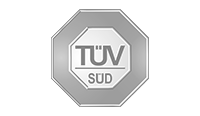
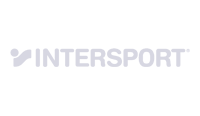

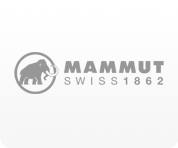





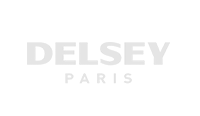
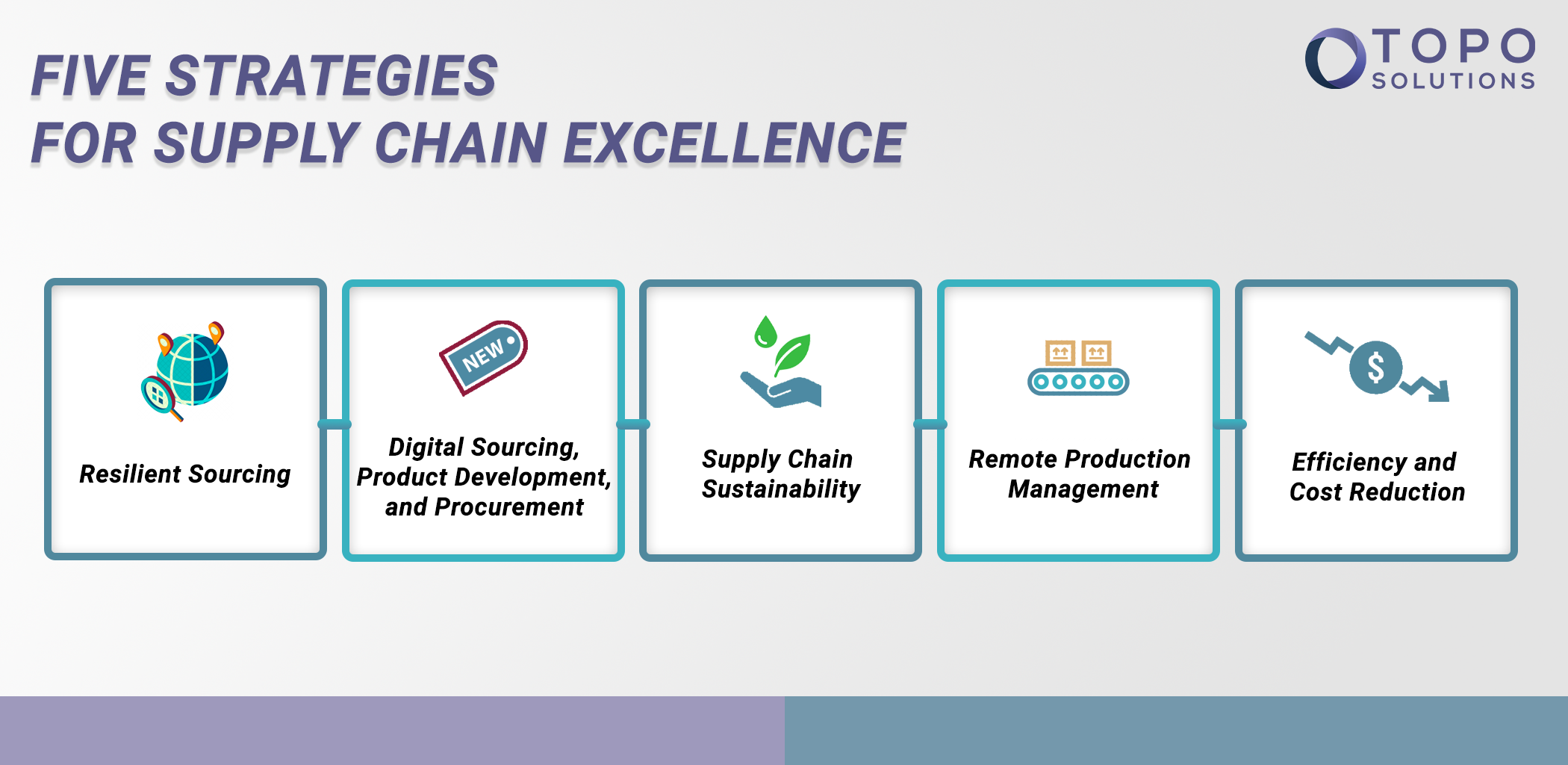
How, then, do we future-proof our supply chains? What steps can we take now to prepare ourselves for whatever is coming next? We believe in the concept of “Supply Chain Excellence”—developing strategic, best-practice approaches that strengthen supply chain businesses over the medium- to long term. Get this right and we’ll be able to handle almost anything the world throws at our businesses.
Broadly speaking, we think this translates into five key areas:
We’ll explore each of these and the actions you can take right now to prepare for the future.
If there’s one thing we’ve learned from recent times, it’s that the world is incredibly unpredictable—the scope, interdependence, and complexity of supply chains means that change can be slow. The change is needed though, and you can get ahead of the curve:
There’s a lot to do to gain true excellence, but a strong plan supported by engaged stakeholders and the right technology will help us get things right.
“More advanced companies have permanent supply-chain risk-management teams and processes in place. The leading automotive OEMs, chemicals, and electronics companies with very complex global supply chains generally belong to this group. The information cascade between the supply-chain risk-management team and other functions such as marketing, IT, and legal is well-established, with clearly defined interfaces. In the case of disruptions, these teams exchange information on the fly and react quickly.” —McKinsey, Supply chain risk management is back
We can’t rely on one specific set of sourcing, manufacturing, or other partners to maintain a healthy, adaptable supply chain. Instead, we need to build resilience and contingency for every stakeholder and handoff. This means we don’t put all our eggs in one basket and provide a fallback position so that disruption in one part of the supply chain can be limited.
Careful forward planning is essential to building your supply chain contingency and continuity plans. Being able to failover to alternative sourcing and manufacturing will significantly boost your supply chain resilience.
“By working with a larger set of suppliers, companies can gain agility to adapt to a constantly changing market. While speed to market is a critical component of your supply chain, it also allows you to engage with a range of suppliers that can provide you with an outside lens into your business and offer you access to new ideas and approaches from creative minds outside your organization.”—EY, How to better supply chain resilience in 2021
The travel disruption caused by COVID-19 has created big problems throughout the supply chain. Some of the most significant issues are also some of the most invisible—the buying and procurement processes. Necessity is driving us towards virtual and remote platforms, but the supply chain managers who really embrace this technology can create a big competitive advantage.
You can continue to offer innovative, inspiring products even if you can’t travel to your supplier’s destination or visit real-world trade shows and exhibitions. Virtual technologies bring the products to you, so you can boost your digital sourcing and procurement processes and get your goods into the consumer’s hands.
Climate change and environmental awareness are driving laws, regulations, and consumer attitudes. A proactive approach to managing environmental risks and promoting an ethical supply chain keeps you in step with compliance and gives consumers more reasons to buy from you.
You can fulfill your business duty to supply chain sustainability and make it into a competitive advantage as you market to ethical consumers—and that’s good for everyone.
Order and product management needs to be fast, easy, and transparent. That means:
Quality management is the final piece of the supply chain excellence puzzle. Inefficient processes and faulty manufacturing creates many hidden costs that get absorbed into your organization. Focusing on high-quality products that meet safety and usability needs will also ensure you meet any necessary regulations.
Strong quality management will benefit everyone, with guarantees that raw materials, parts, and finished products will meet all necessary standards. This lets you provide your products with confidence, knowing that you’ve met regulatory guidelines and consumer needs.
“Performance management is indeed changing tremendously. Whereas in the past, the generation of KPI dashboards was a major task and KPIs were only available at aggregated levels, now granular data is available in real-time from internal and external sources. This moves the performance management process from a regular, often monthly process to an operational process aimed at exception handling and continuous improvement.”—McKinsey, Supply Chain 4.0 – the next-generation digital supply chain
Terms like “Supply Chain Strategy” aren’t just words in a business plan—they have a significant real-world effect on the products that your customers use every day. It’s a win-win situation—supply chain partners benefit from clear requirements, consumers benefit from ethical sourcing and timely availability of products, and everyone benefits from improved sustainability.
At the same time, your business gets to bring its costs down, shorten lead times, manage risk more effectively, and meet strict regulations and compliance. Supply chain excellence minimizes supply chain disruption and boosts your competitive advantage.
What’s not to love? The time to start is now.
Topo is a whole new breed of supply chain management software. It is a powerful collaboration, automation, and analytics platform connecting all sourcing, quality, compliance, and sustainability stakeholders. You can easily collaborate with all members of your in-house team, manufacturers, and service providers throughout your supply chain.